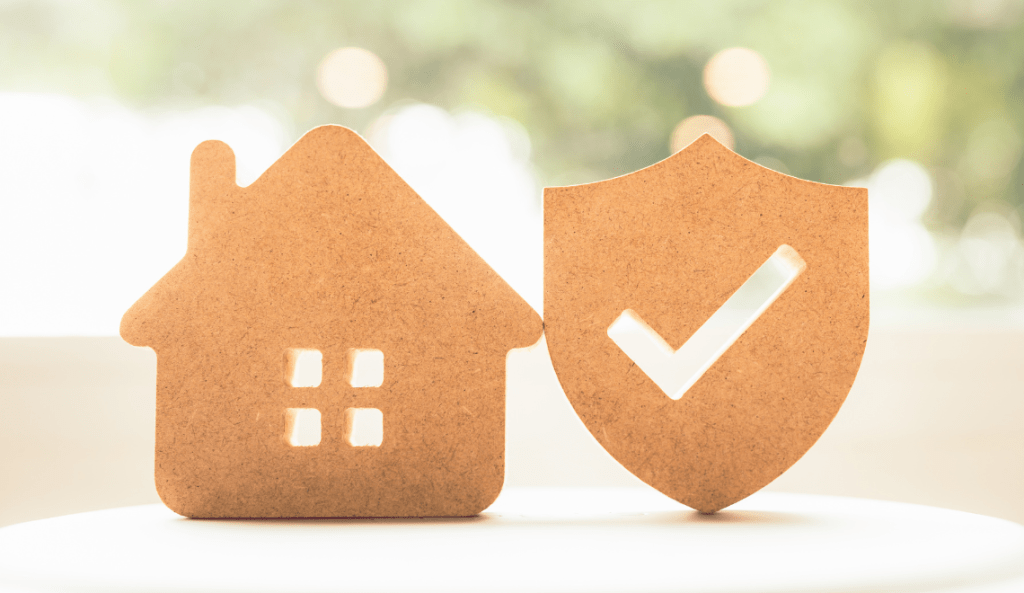
Home insurance is a crucial purchase, but that doesn’t mean we always get it right. All too often, home buyers fall into familiar traps when looking for and purchasing home insurance.
To prevent you from stumbling into these pitfalls, we’ve rounded up some of the most common home insurance mistakes. Plus, we’ll also guide you through how you can avoid falling victim to them yourself.
1. Don’t Skim Your Policy
Perhaps the most common home insurance pitfall is failing to properly read your policy. Insurers provide Product Disclosure Statements on their websites, which contain all the details you need to know about your policy.
If you don’t properly understand your policy, you can run into some serious issues. Here are some of the most important things to know about your insurance that you’ll find out with a thorough reading of your policy:
- Exclusions: The differences between what your policy does and doesn’t cover can be subtle. For example, most home insurance policies cover only a select group of natural disasters. Make sure you know exactly what you’re covered for.
- Claim limits: Often, policies will limit how much you can claim for specific events. Make sure you know these claim limits and exactly how much financial coverage you have.
- Excess amounts: Another important part of any insurance policy is excess amounts. This is the amount of money you have to pay out of pocket before insurance kicks in.
Obviously, the best way to avoid this mistake is to set aside some time to give your policy a proper readthrough. Get the property’s co-owner or another friend or family member to look over the policy as well.
Another way to avoid this mistake is to choose a home insurance provider who gives you the proper support when navigating this purchase. Many providers will give you the opportunity to consult with an expert before purchasing a policy, which can help prevent you being caught unawares.
2. Don’t Confuse Building and Contents Insurance
Generally, home insurance policies are made up of building insurance and contents insurance. The difference between these policies is just what it sounds like.
Building insurance provides coverage for the physical structures that make up your home. This can include your home, garage or your kitchen.
On top of financial coverage for physical structures of your home, building insurance can also cover temporary accommodation if your home is unliveable, demolition and debris removal cost and rebuilding and professional fees if your home is a total loss.
Meanwhile, contents insurance covers household items and personal belongings. This includes items like clothes, furniture, computers, appliances, televisions and more.
For further information, see Westpac’s guide to home insurance for first time buyers.
3. Don’t Forget About Strata
Are you the owner of an apartment, townhouse or villa? It’s important to understand the role that strata play in the home insurance puzzle.
For these kinds of properties, building insurance is often covered by strata levies. As a result, you may not need to purchase separate building insurance for basic elements of building insurance.
However, it’s also important to find out what exactly your strata levies cover. Items such as kitchen cupboards, lights and wallpaper may not be included in strata insurance policies.
Plus, strata insurance generally will not cover your home’s contents, so you’ll need to purchase your own contents insurance.
Make sure you get all the information you need regarding your strata before you purchase a property. Understand exactly what you get out of your strata levies.
4. Don’t Buy the First Policy You See
When trying to wrap your head around home insurance, it can be tempting to go for the first policy you come across. After all, spending hours behind the computer comparing insurance policies isn’t the most exciting way to spend your time.
Unfortunately, you won’t always stumble across the perfect policy immediately. It pays to put in the time to properly investigate different policies.
While you should carefully consider a range of different policies, this process doesn’t need to just consist of poring over Product Disclosure Statements. There are plenty of other ways you can find the right policy for you.
Many insurers will have articles on their website providing further insight to their policies and who they suit. A good insurer should also give you the opportunity to get in touch with an expert to better understand the right policy for you.
For more help, you can look to third-party comparison websites and forum sites for some additional perspectives. With all the assistance available, it should be easy to avoid falling victim to this common mistake.
5. Don’t Undervalue Your Home and Possessions
Another common mistake many customers can fall victim to is undervaluing the coverage needed for their home insurance. This includes your property as well as your home contents.
It’s easy to overlook just how much your possessions add up to in value, but this can leave you underinsured and vulnerable in the event of a claim. Conduct a thorough inventory of your belongings including furniture, appliances, clothing, electronics and high-value items like jewellery or artwork.
Understand how much coverage you need to be fully protected if all your home contents were to be lost. This will help inform how much coverage you need from your insurance policy.
When it comes to property insurance, you’ll generally want to look for insurance options that cover the true cost of rebuilding your home in the event it is a total loss. This includes costs like materials, labour and debris removal, extending well beyond the sale value of your home.
To avoid this mistake, review your policy limits regularly. Make the necessary changes to ensure they reflect:
- New home contents purchases
- Home renovations
- Fluctuations in property value
With these common mistakes in mind, your home insurance journey can become a whole lot easier. Sidestep these pitfalls to get covered without the usual headaches.
How to protect your family with affordable, hassle-free insurance







